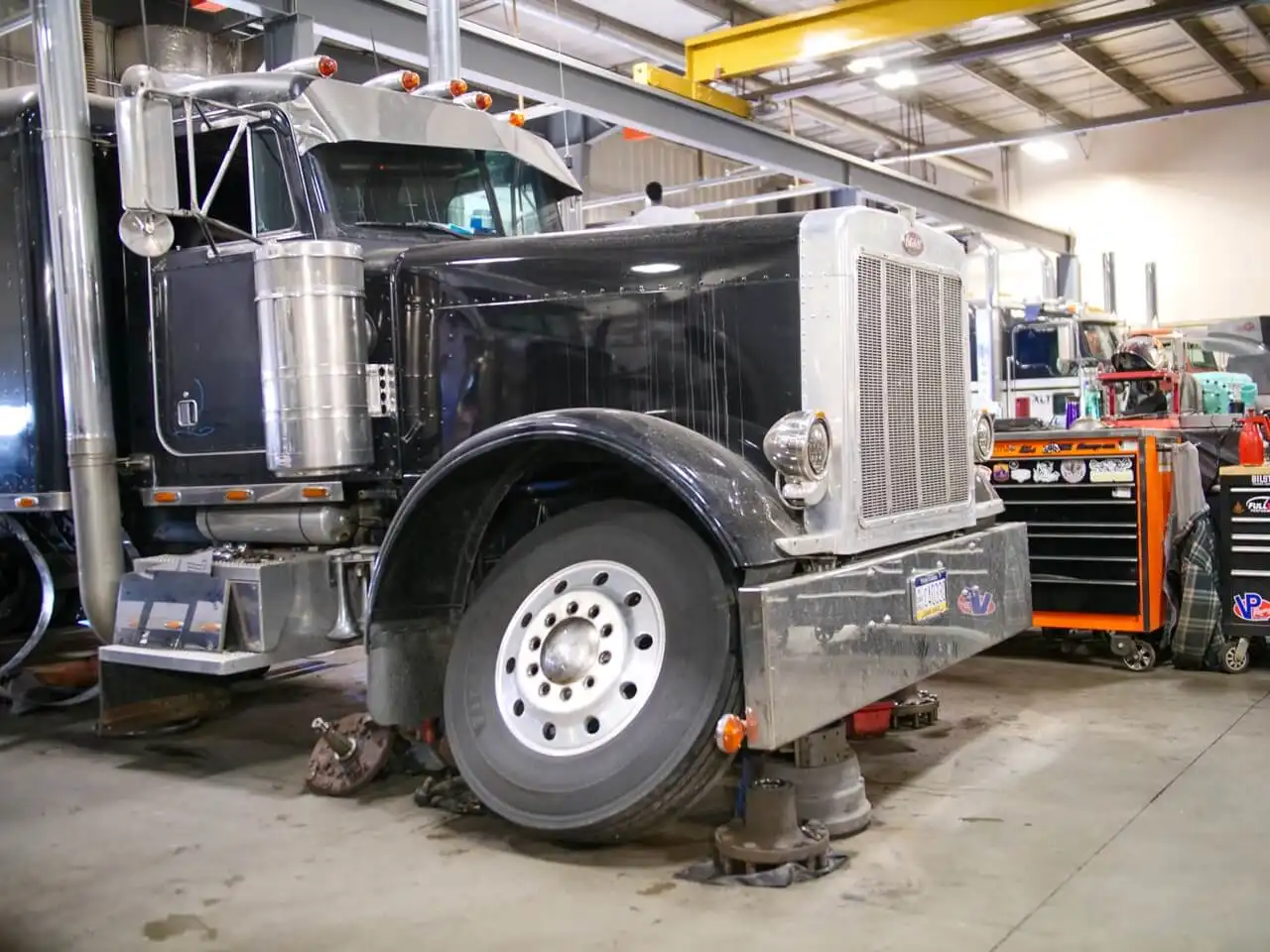Maintaining the emission system of your vehicle is crucial not only for compliance with environmental regulations but also for ensuring optimal fuel efficiency and engine performance. Here’s a detailed guide on how to effectively maintain your vehicle’s emission system:

Understanding the Emission System
The emission system of a vehicle includes components responsible for controlling and reducing harmful pollutants released into the atmosphere. Key components typically include:
- Catalytic Converter: Converts harmful pollutants like carbon monoxide, hydrocarbons, and nitrogen oxides into less harmful emissions.
- Oxygen (O2) Sensor: Monitors the amount of oxygen in the exhaust gases to optimize fuel efficiency and reduce emissions.
- Exhaust Gas Recirculation (EGR) Valve: Recirculates a portion of exhaust gases back into the engine cylinders to lower combustion temperatures and reduce nitrogen oxide emissions.
- Evaporative Emission Control System (EVAP): Prevents fuel vapors from escaping into the atmosphere.
- Positive Crankcase Ventilation (PCV) Valve: Recycles gases from the engine’s crankcase back into the combustion chamber to reduce emissions.
Importance of Emission System Maintenance
- Environmental Compliance: Regular maintenance ensures your vehicle meets local and federal emission standards, reducing harmful pollutants that contribute to air pollution and climate change.
- Fuel Efficiency: A properly functioning emission system contributes to optimal fuel combustion, improving fuel efficiency and reducing fuel consumption.
- Engine Performance: Malfunctioning emission components can negatively impact engine performance, leading to reduced power, rough idling, and increased fuel consumption.
Maintenance Tips for Emission System
1. Regular Inspections
- Visual Inspection: Check for signs of physical damage or corrosion on emission components such as the catalytic converter and exhaust pipes.
- OBD-II Scan: Use an On-Board Diagnostics (OBD-II) scanner to check for emission-related error codes and sensor readings.
2. Replace Air Filters
- Engine Air Filter: Replace the engine air filter at regular intervals to ensure proper airflow to the engine, which helps maintain efficient combustion and reduces emissions.
- Cabin Air Filter: A clean cabin air filter prevents pollutants from entering the vehicle’s interior, ensuring a healthier environment for occupants.
3. Maintain Oxygen (O2) Sensors
- Sensor Replacement: Replace oxygen sensors according to the manufacturer’s recommended intervals or if they fail to maintain proper fuel-air mixture ratios.
- Cleaning: Clean O2 sensors during routine maintenance to remove dirt and oil buildup that can affect sensor accuracy.
4. Check and Clean EGR Valve
- Inspection: Inspect the EGR valve for carbon buildup or clogging, which can restrict exhaust gas flow and increase emissions.
- Cleaning: Clean or replace the EGR valve and associated passages to restore proper operation and reduce nitrogen oxide emissions.
5. Fuel System Maintenance
- Fuel Quality: Use high-quality fuel and avoid prolonged idling to minimize the buildup of deposits in the fuel system that can affect emission control components.
- Fuel Injector Cleaning: Periodically clean fuel injectors to maintain proper fuel spray patterns and combustion efficiency.
6. Evaporative Emission Control System (EVAP)
- Gas Cap Inspection: Ensure the gas cap is tightly sealed to prevent fuel vapors from escaping. Replace a damaged or worn gas cap promptly.
- EVAP System Leak Test: Perform an EVAP system leak test if the check engine light indicates an evaporative emission system malfunction.
7. PCV Valve Maintenance
- Replacement: Replace the PCV valve according to the manufacturer’s recommended schedule to prevent engine oil contamination and reduce emissions.
- Hoses and Connections: Inspect and replace cracked or worn hoses and connections to maintain proper PCV system operation.
8. Professional Inspection and Maintenance
- Scheduled Maintenance: Follow the manufacturer’s recommended maintenance schedule for emission system inspections and component replacements.
- Diagnostic Testing: Have emission-related issues diagnosed and repaired by a qualified technician using diagnostic equipment and tools.
9. Monitor Spark Plug Health
- Spark Plug Replacement: Worn or faulty spark plugs can lead to incomplete combustion, resulting in increased emissions. Replace spark plugs as recommended by your vehicle manufacturer.
10. Drive Wisely
- Avoid Aggressive Driving: Rapid acceleration and braking can increase fuel consumption and emissions. Drive smoothly and maintain steady speeds whenever possible.
- Warm-Up Period: Allow your vehicle to warm up for a few minutes before driving in cold weather conditions to ensure efficient combustion and reduce emissions.
11. Use Fuel Additives
- Fuel System Cleaner: Periodically add fuel system cleaner to your gas tank to remove carbon deposits from fuel injectors, valves, and combustion chambers, optimizing engine performance and reducing emissions.
- Octane Booster: For vehicles that require higher octane fuel, using an octane booster can improve fuel combustion efficiency and reduce harmful emissions.
12. Address Exhaust System Leaks
- Exhaust Leaks: Inspect the exhaust system for leaks, holes, or damaged components that can affect emission control. Have leaks repaired promptly to prevent excessive emissions and potential safety hazards.
13. Battery Maintenance
- Battery Health: A weak or malfunctioning battery can affect the performance of emission control components such as oxygen sensors and the EVAP system. Ensure your vehicle’s battery is in good condition and replace it as needed.
14. Recycle Used Motor Oil and Filters
- Oil Change: Regularly change engine oil and replace oil filters to prevent engine deposits and maintain proper lubrication. Dispose of used motor oil and filters at recycling centers to minimize environmental impact.
15. Stay Informed About Environmental Regulations
- Compliance: Stay updated on local and federal emission regulations to ensure your vehicle meets emission standards. Compliance with regulations not only helps protect the environment but also avoids potential fines or penalties.
Conclusion
Proper maintenance of your vehicle’s emission system is essential for compliance with emission standards, optimizing fuel efficiency, and ensuring reliable engine performance. By following these maintenance tips and conducting regular inspections, you can minimize harmful emissions, extend the lifespan of emission components, and contribute to a cleaner environment. Stay proactive in caring for your vehicle’s emission system to enjoy a smoother driving experience and reduce your carbon footprint effectively.



